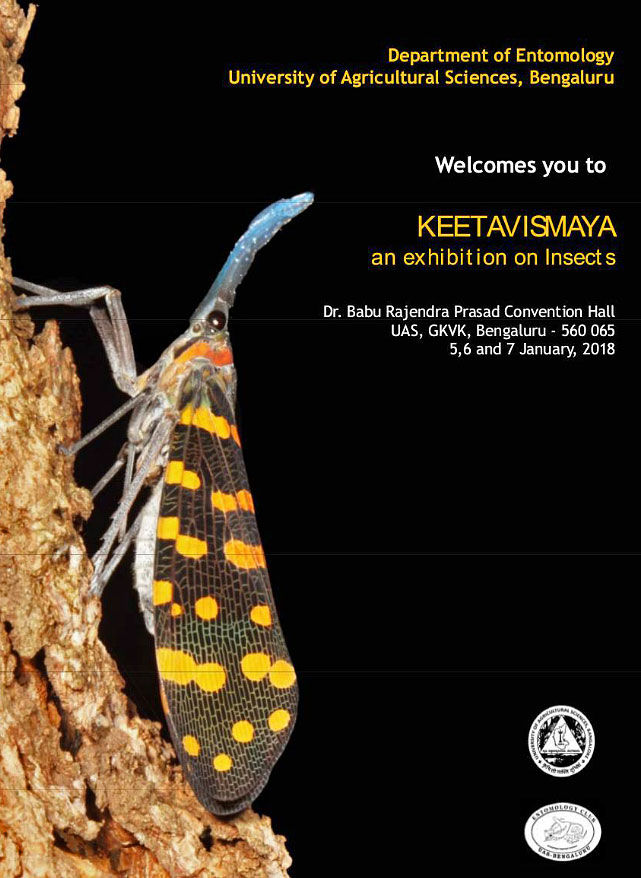Student Conference on Conservation Science (SCCS) – Bengaluru is the largest student conference in India, where over 500 of Africa and Asia’s brightest conservation researchers and practitioners participate. It brings together young researchers in the science and practice of biodiversity conservation. The conference facilitates interaction, encourages exchange of research ideas and methods, sharing of knowledge and experience related to conserving wildlife and helps build contacts and capacity.
As a sister conference to SCCS-Cambridge, SCCS-Bengaluru focuses on attracting student participants, primarily … Read More


 CI is a non-profit, non-commercial portal that aims to facilitate wildlife and nature conservation by providing reliable information and the tools needed to campaign effectively.
CI is a non-profit, non-commercial portal that aims to facilitate wildlife and nature conservation by providing reliable information and the tools needed to campaign effectively.